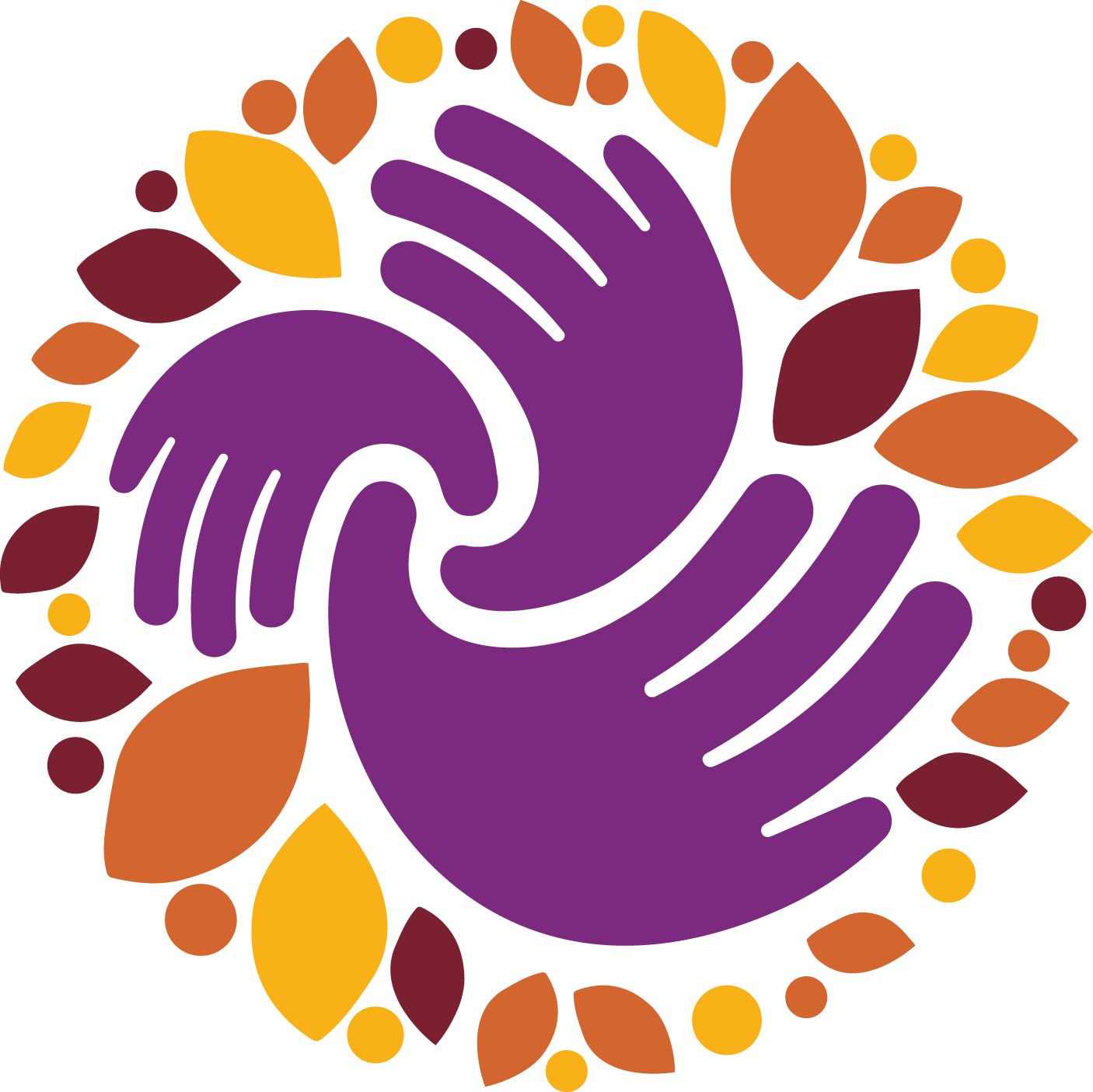Criminal Code Offences Related to Commercial Sexual Exploitation of Children & Youth
Since CSEC involves sex or sexual acts and participation or engagement in the adult sex trade, whether or not with the involvement of a 3rd party perpetrator, understanding Criminal Code offences related to the issue is crucial.
It is not a crime to sell your own sexual services in Canada
Sexual Services for Consideration
It is, however, a criminal offence for someone to attempt to, or to buy or receive the sexual services of another person (of any age) in exchange for something.
It is also a crime for a third party to do any of the following:
receive a material benefit (i.e. money or other form of compensation) as a result of the sale of sexual services from one person to another;
advertise the sexual services provided by someone else to others; and
try to get a person to provide (or offer to provide) sexual services to others in exchange for something of value.
Buying sexual services from anyone under the age of 18 is sexual exploitation.
Sexual Exploitation
It is a criminal offence for anyone who is in a position of trust or authority, in a relationship of dependency, or who is in an exploitative relationship with a youth (18 and under) to sexually touch them, to ask them to be sexually touched, or to have a sexual relationship with them of any kind. This includes teachers, doctors, police officers, youth counsellors, parents, landlords, babysitters - anyone who the youth would rely on as an adult of trust.
This includes any adult in the community who are offering them money, drives, food, substances, a place to stay or any material items in exchange for sexual acts or services.
No one under the age of 18 can provide legal consent to sell sexual services.
Consent Laws
The definition of consent in Section 273.1 of the Criminal Code is “the voluntary agreement of the complainant to engage in the sexual activity in question.”
Sexual activity under the law includes everything from kissing, touching, fondling, to sexual intercourse. Not only does “no” mean “no”, but only “yes” means “yes”. Silence is not consent. Nothing less than positive affirmation is required. This means consent cannot be implied, even in a relationship.
Consent must be communicated for each and every sexual act, and must be given in the moment when it takes place. This means that it cannot be given in advance or after the fact.
A person must also be capable of giving consent. For example, an unconscious person cannot consent. In some cases, a person may be incapable of consent due to intoxication or other reasons.
There is no consent if a person submits to sexual activity or does not resist due to any of the following circumstances:
where violence, threats of violence or fear of violence are directed at the person or others;
when the perpetrator abuses a position of trust or authority; or
when the perpetrator uses fraud
When a perpetrator is charged with certain sexual offences involving a person under the age of 16 years, it is not a defence that the person consented to the activity. There are exceptions to this:
A person who is 12 years old or more but under the age of 14 years can consent to sexual activity with a person who is less than two years older than them; as long as that older person is not in a position of trust or authority and there isn’t a relationship of dependency or exploitation.
A person who is 14 years of age or more but under the age of 16 years can consent to sexual activity with a person who is less than five years older than them; as long as that older person is not in a position of trust or authority and there isn’t a relationship of dependency or exploitation.
Consent of a victim to any of the activities involved in human trafficking is not valid.
Human Trafficking
Trafficking In Persons, as it is known in Canada’s Criminal Code, or human trafficking, involves an act committed for the purpose of exploiting someone’s labour or services. This includes all types of labour/services, such as sexual services in the case of CSEC, but also domestic work, farm work, migrant labour, etc. which adds to the complexity of the issue.
The kind of “acts” involved in human trafficking can include: recruiting, transporting, receiving, holding, concealing and/or harbouring a person; and/or exercising control, direction or influence over the movements of a person. A perpetrator only needs to commit one of these “acts” to be guilty of human trafficking.
Contrary to what is often portrayed in mainstream culture, physical violence is not always a component of human trafficking, and it does not have to be present to prove exploitation in a court of law. The entire relationship between the victim and perpetrator is looked at, including whether the following circumstances are present:
threats;
physical, emotional or psychological coercion;
deception;
abuse of trust/authority;
victim vulnerability;
isolation;
directive behaviour by the perpetrator;
influence over the nature and location of services provided;
control over advertising of services;
limitations on the victim’s movement;
control of finances;
financial benefit to the perpetrator;
and control or monitoring the victim’s communications with others.
Trafficking in Persons is a particular Criminal Code offence, as is sexual exploitation. Both relate to the laws around sexual offending and consent, all of which play a part in the issue of CSEC.
It is an offence to possess, distribute or produce sexually explicit or nude photos/videos of anyone under the age of 18
Child Pornography
It is a child pornography offence regardless of whether you received a photo or video for free, paid for it, or received it directly from the person who produced it.
It is also an offence to distribute it or make it available to anyone.
